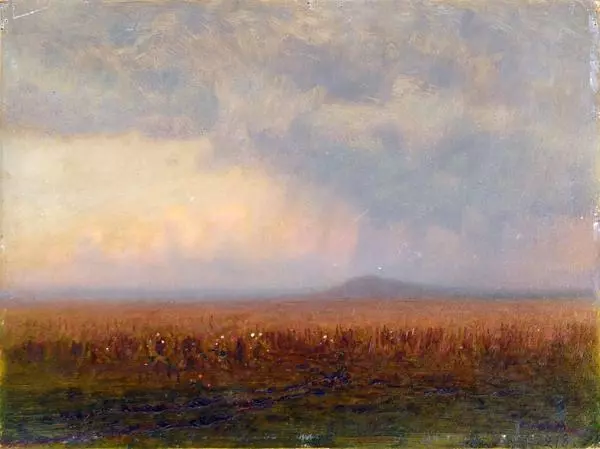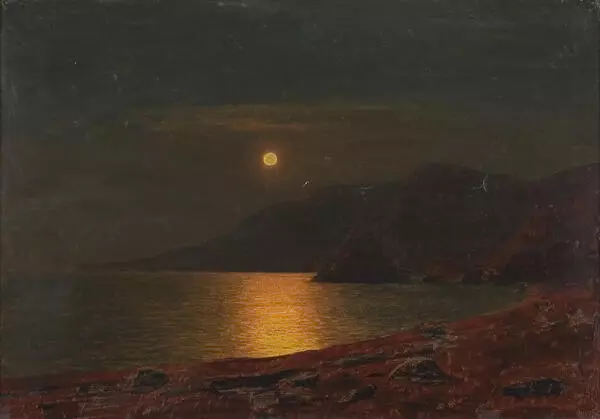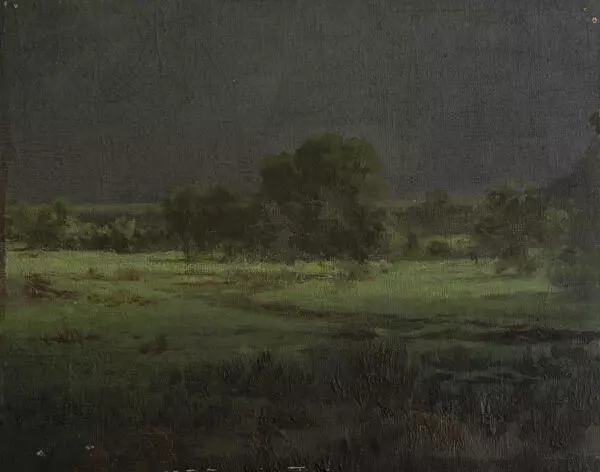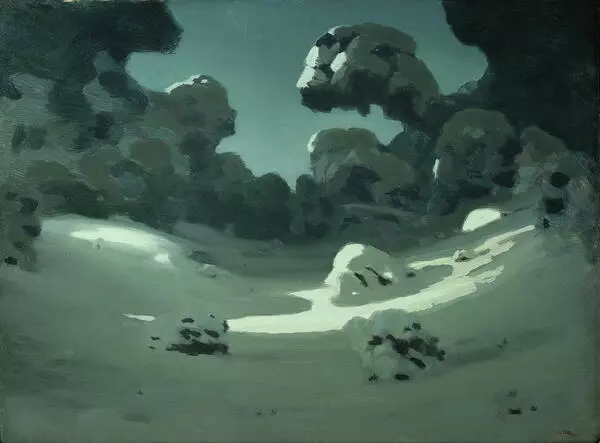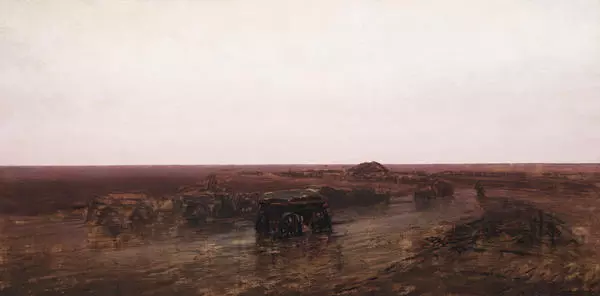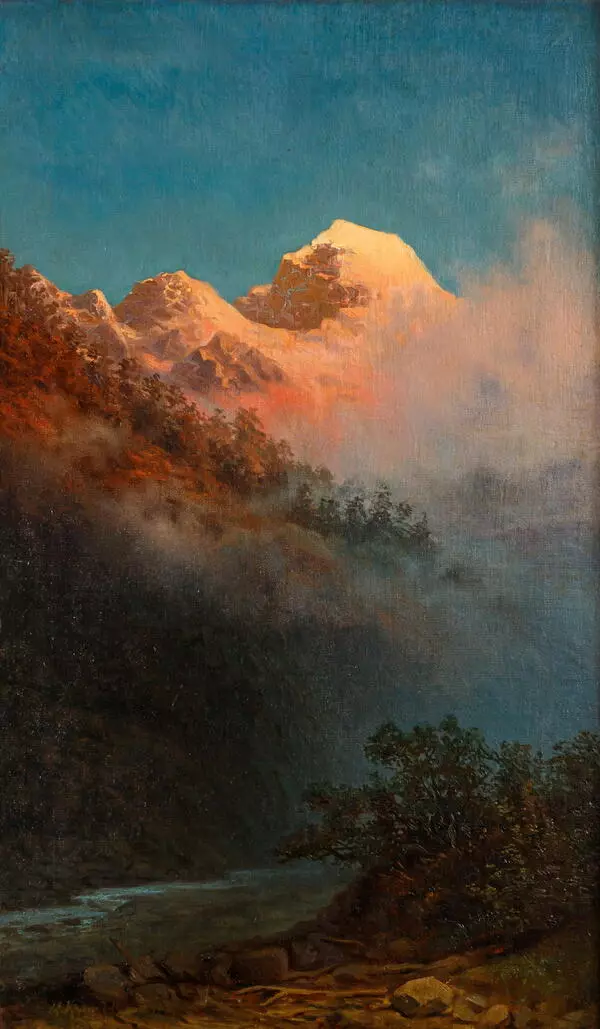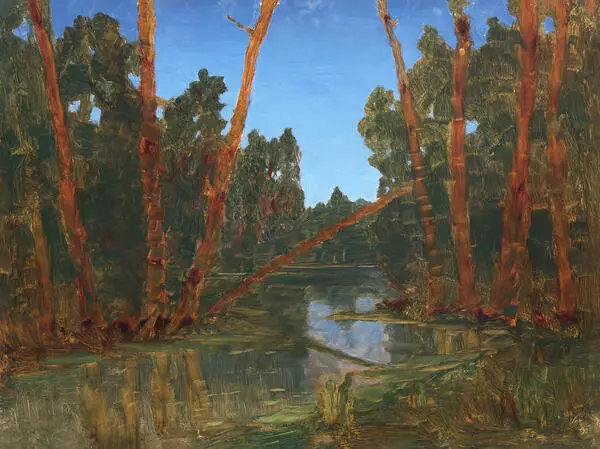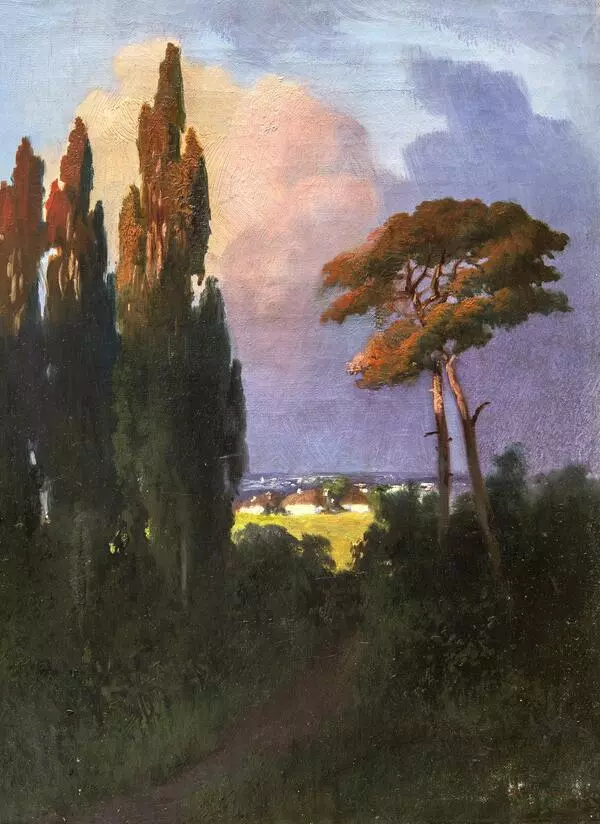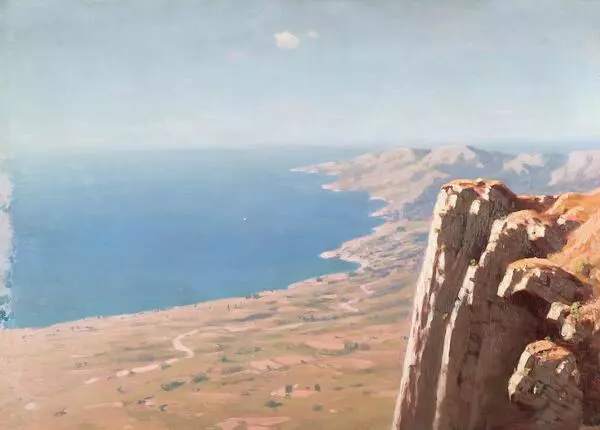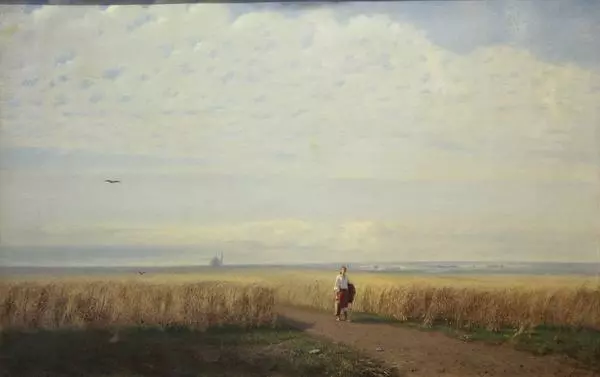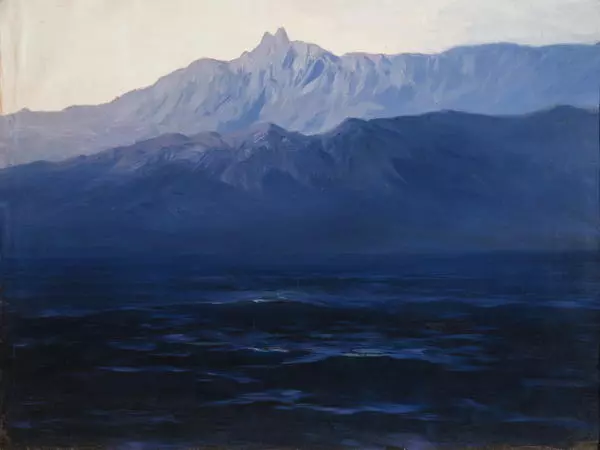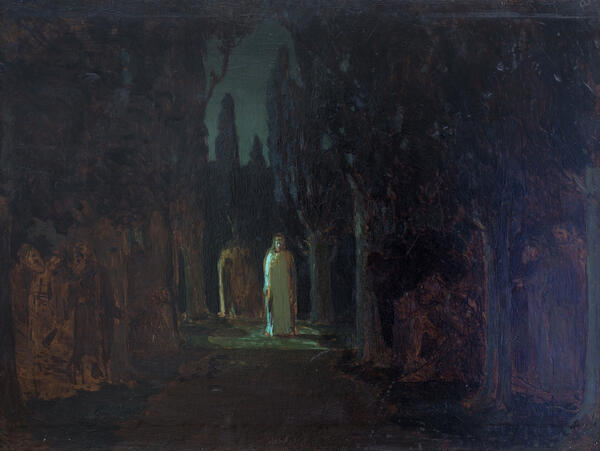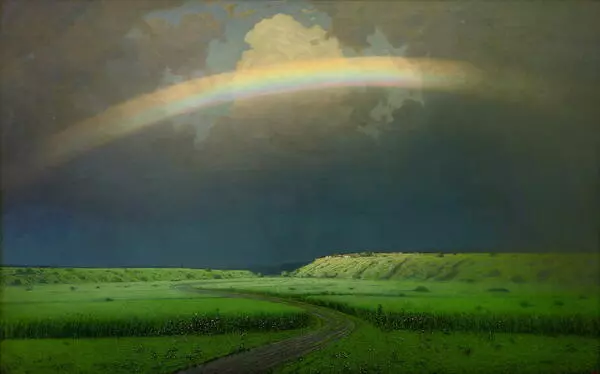In 1870, Arkhip Ivanovich Kuindzhi enrolled at the Academy of Arts as a non-matriculated student after the third attempt. That same year, he was awarded the title of non-class artist. In 1872, he became a class artist for his paintings of Valaam Island and Lake Ladoga.
In 1875, he joined the Society for Travelling Art Exhibitions. In 1878, he was awarded the title of first-degree class artist for his landscapes. That same year, his work “Ukrainian Night” was featured at the Society’s exhibition and the World’s Fair in Paris. In 1880, his painting “Moonlit Night on the Dnieper” was displayed in St. Petersburg and achieved great success. However, in 1882, Kuindzhi decided to stop exhibiting his works.
In 1892, Arkhip Kuindzhi became a professor of painting and a full member of the St. Petersburg Academy of Arts. In 1894–1897, he worked as a professor and head of the landscape painting workshop at the Higher Art School at the Academy of Arts. Among his students were the artist Nicholas Konstantinovich Roerich, the landscape artist Arkady Alexandrovich Rylov, the painter and graphic artist Viktor Alexandrovich Zarubin, and many others.
Arkhip Kuindzhi continued teaching until the end of his life. In 1898, he organized and funded a foreign trip for young artists. In 1910, he founded the Arkhip Kuindzhi Society of Artists to which he bequeathed his entire fortune.
Arkhip Kuindzhi experimented a lot in his paintings and used the latest discoveries in the fields of physics and chemistry. He was familiar with the laws of optics and interested in exact sciences. This helped him choose successful lighting effects for his paintings. Arkhip Kuindzhi developed a complicated color palette and actively used underpainting. This means that he applied an initial layer of paint, creating the composition of his future painting, laid out the main color spots, and roughly worked out the volumes and shapes with main tones. The artist also tried new paint components and looked for options for compositions and panoramas.
On the reverse side of “The Dnieper”, which
nowadays belongs to the collection of the Pskov Museum Reserve, there are
signatures of seven members of the Arkhip Kuindzhi Legacy Commission. The
painting is characterized by a restrained color palette mostly dominated by
gray and blue shades. The space is concentrated, and the scale is enlarged.






